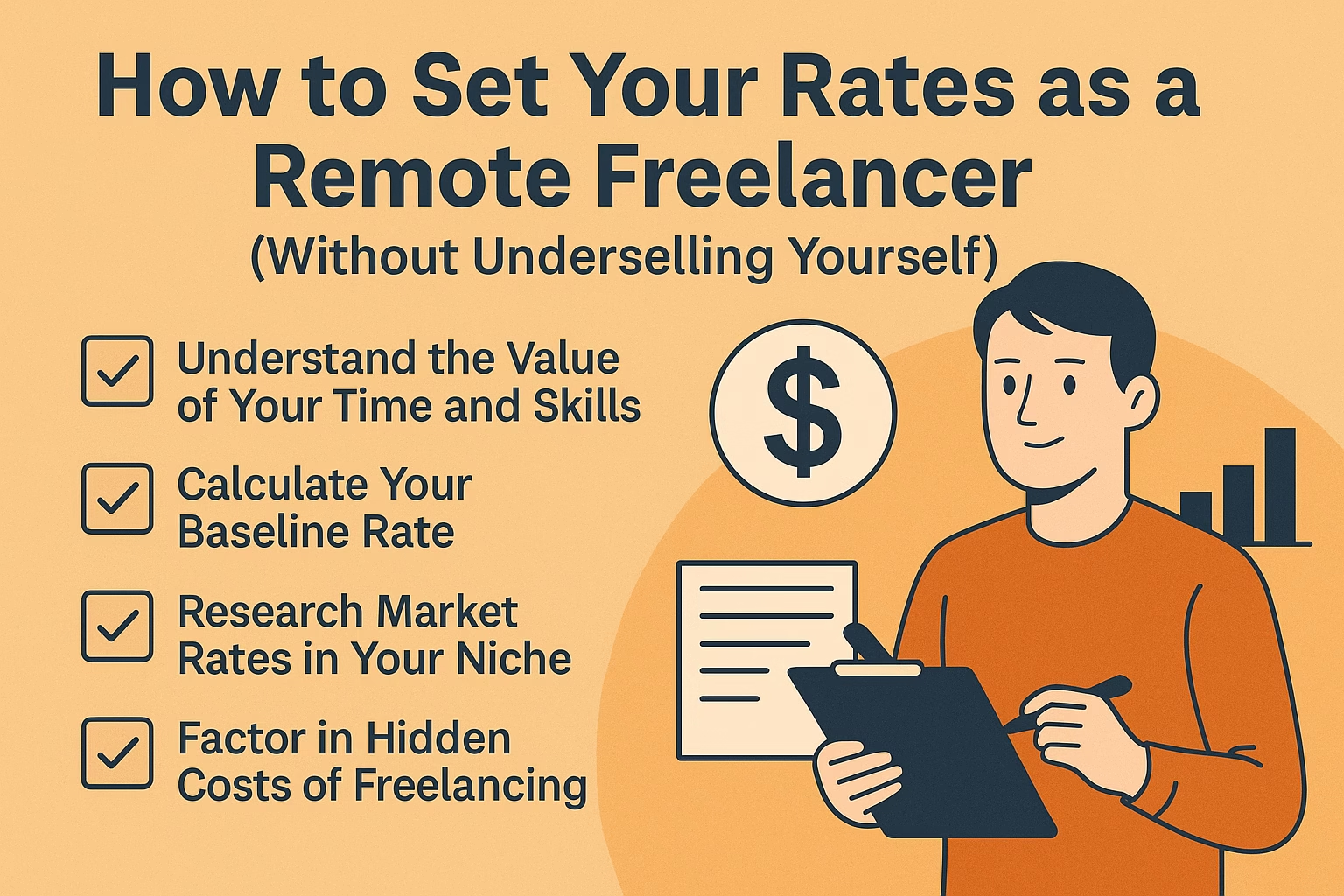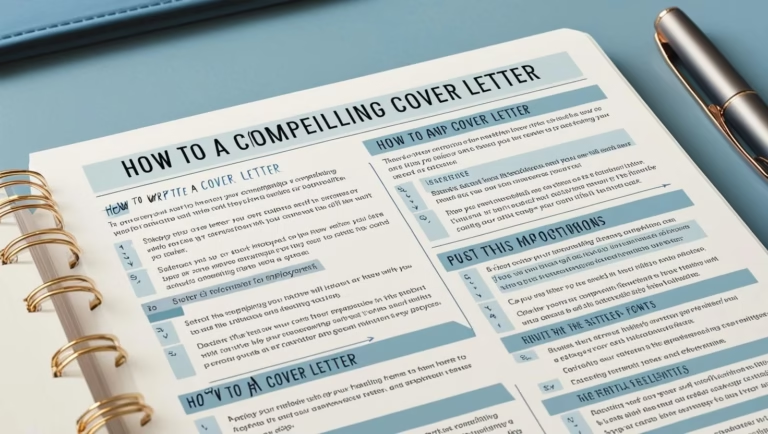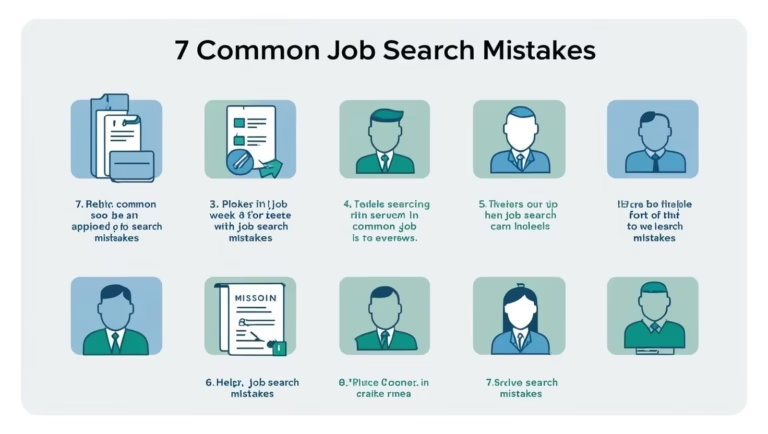How to Set Your Rates as a Remote Freelancer (Without Underselling Yourself)
Freelancing offers freedom—but it also comes with a big question: “How much should I charge?” Set your rate too low, and you’ll burn out and struggle to grow. Set it too high without the value to match, and clients may walk away. Striking the right balance is key. Here’s how to set your freelance rates…
Freelancing offers freedom—but it also comes with a big question: “How much should I charge?” Set your rate too low, and you’ll burn out and struggle to grow. Set it too high without the value to match, and clients may walk away.
Striking the right balance is key. Here’s how to set your freelance rates with confidence—and without underselling yourself.
1. Understand the Value of Your Time and Skills
Start with a mindset shift: You’re not selling hours. You’re offering results.
Ask yourself:
- What’s the problem you solve?
- What impact does your work have on a client’s bottom line?
- What makes your expertise valuable?
This foundation helps you avoid pricing based purely on time and instead price based on value.
2. Calculate Your Baseline Rate
To avoid guessing, start with a clear formula. Here’s a simple method to find your minimum hourly rate:
For example:
- Desired income: $80,000
- Business expenses: $10,000
- Billable hours/year: 1,000
= $90/hour
Tip: Not all hours are billable. Be sure to factor in time for admin, marketing, and learning.
3. Research Market Rates in Your Niche
Compare your baseline with real-world data. Platforms like Upwork, Fiverr, Glassdoor, or Freelancermap can give you rate insights by:
- Industry (e.g., web design, writing, development)
- Experience level
- Region (global rates vary widely)
Aim to position yourself competitively—but not cheaply.
4. Choose a Pricing Model That Fits the Project
There are different ways to charge, each with pros and cons:
- Hourly: Good for short, flexible tasks. Risk: clients may focus on time over results.
- Project-based: Ideal for defined scopes and deliverables. Aligns value with outcomes.
- Retainers: Great for ongoing work and financial stability.
- Value-based: Best when your work directly increases a client’s revenue (e.g., lead generation or sales copy).
Example:
If you build a landing page that converts $50K in sales, charging $500 for that work is underselling yourself.
5. Factor in Hidden Costs of Freelancing
You don’t get paid vacation, health insurance, or a 401(k) as a freelancer. Your rates need to cover:
- Taxes (set aside 25–30%)
- Time off
- Equipment/software
- Ongoing education
- Downtime between clients
If you charge the same as an in-house employee’s salary, you’re actually earning less.
6. Be Prepared to Justify Your Rate (Confidently)
Clients may ask why your rate is what it is. That’s your chance to sell your experience, results, and reliability.
Frame your value like this:
“I help businesses grow their email lists with high-converting content. My last client saw a 40% increase in signups.”
Confidence and clarity are more convincing than hesitation.
7. Review and Raise Your Rates Regularly
Your skills improve. portfolio grows. Your rates should reflect that.
- Review every 6–12 months
- Raise rates for new clients first
- Give existing clients notice before adjusting
Never apologize for raising rates—just communicate clearly and deliver consistently.
Final Thoughts
Pricing is both an art and a science. Start with data, but trust your instincts and experiences, too. The goal isn’t just to get clients—it’s to build a sustainable, thriving freelance career. And that starts with knowing what you’re worth.







